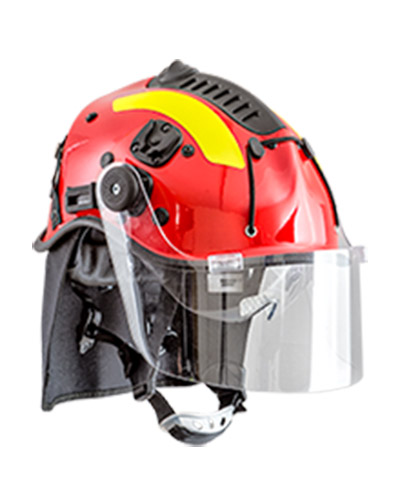Exploring the Benefits and Uses of Cone Bollards in Urban Design
Cone Bollards Enhancing Safety and Aesthetics in Urban Environments
In urban design, safety and aesthetics are paramount, especially when it comes to managing pedestrian and vehicular traffic. Cone bollards are one of the most effective solutions for creating safe and organized environments in public spaces, parking lots, and roadways. These versatile structures not only serve as physical barriers but also play a crucial role in enhancing the overall appearance of an area.
What are Cone Bollards?
Cone bollards are primarily designed as traffic management tools. Resembling the shape of a traffic cone, they are often made from durable materials such as plastic, rubber, or concrete and are available in a variety of colors and sizes. Their design makes them easily recognizable, which aids in conveying important messages to drivers and pedestrians alike. Typically, they can be found in areas where it is crucial to guide or redirect traffic, such as construction zones, road closures, and pedestrian-only zones.
Safety Features
The primary purpose of cone bollards is to improve safety. By clearly marking boundaries and directing traffic flow, they reduce confusion and lower the risk of accidents. For instance, they can be used to create safe walking paths for pedestrians while keeping vehicles at a safe distance. This is especially important in bustling urban areas where foot traffic is high. Their visibility and unique shape help to alert drivers to potential hazards and encourage them to slow down or alter their course. Furthermore, some cone bollards can be illuminated or equipped with reflective materials, enhancing their visibility during nighttime or low-light conditions.
cone bollards

Aesthetic Appeal
Beyond their practical applications, cone bollards can also contribute to the visual appeal of urban spaces. With a range of colors and designs available, they can complement the surrounding environment. Cities aimed at improving their aesthetic appeal often use decorative bollards designed with artistic flair, incorporating patterns or colors that reflect local culture and themes. In parks, for example, brightly colored bollards can enhance the playful atmosphere, making the space inviting for families and children. By integrating cone bollards into urban landscapes, city planners can find a balance between functionality and visual harmony.
Environmental Impact
Modern cone bollards also consider environmental sustainability. Many manufacturers are now producing bollards made from recycled materials or sustainable resources, minimizing the ecological footprint of these structures. Additionally, their lightweight design ensures easy installation and repositioning, facilitating quick responses to changing urban needs without a significant impact on the environment.
Conclusion
As urban areas continue to evolve, the importance of effective traffic management solutions will only increase. Cone bollards stand out as a simple yet effective measure to enhance safety and organization in public spaces. Their dual role as safety tools and aesthetic elements allows them to blend functionality with design, making them an integral part of urban infrastructure. Furthermore, as sustainability becomes a more prominent concern, the development of eco-friendly bollard options will ensure that these essential components contribute to greener cities. In essence, cone bollards not only serve as practical safety devices but also play a pivotal role in shaping the urban landscape for the better.
-
The Smarter Choice for Pedestrian AreasNewsJun.30,2025
-
The Gold Standard in Round Drain CoversNewsJun.30,2025
-
The Gold Standard in Manhole Cover SystemsNewsJun.30,2025
-
Superior Drainage Solutions with Premium Gully GratesNewsJun.30,2025
-
Superior Drainage Solutions for Global InfrastructureNewsJun.30,2025
-
Square Manhole Solutions for Modern InfrastructureNewsJun.30,2025
-
Premium Manhole Covers for Modern InfrastructureNewsJun.30,2025
